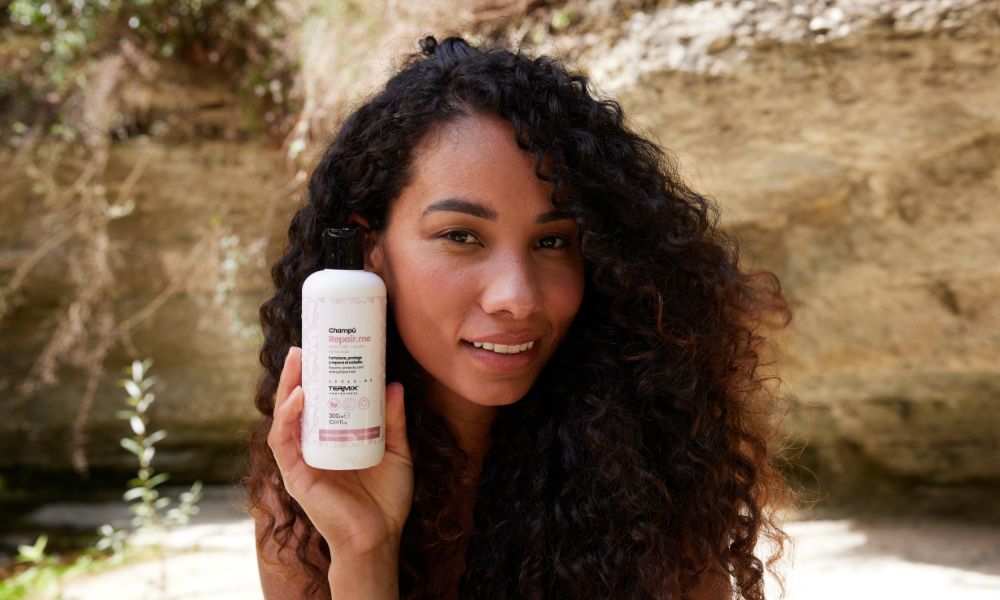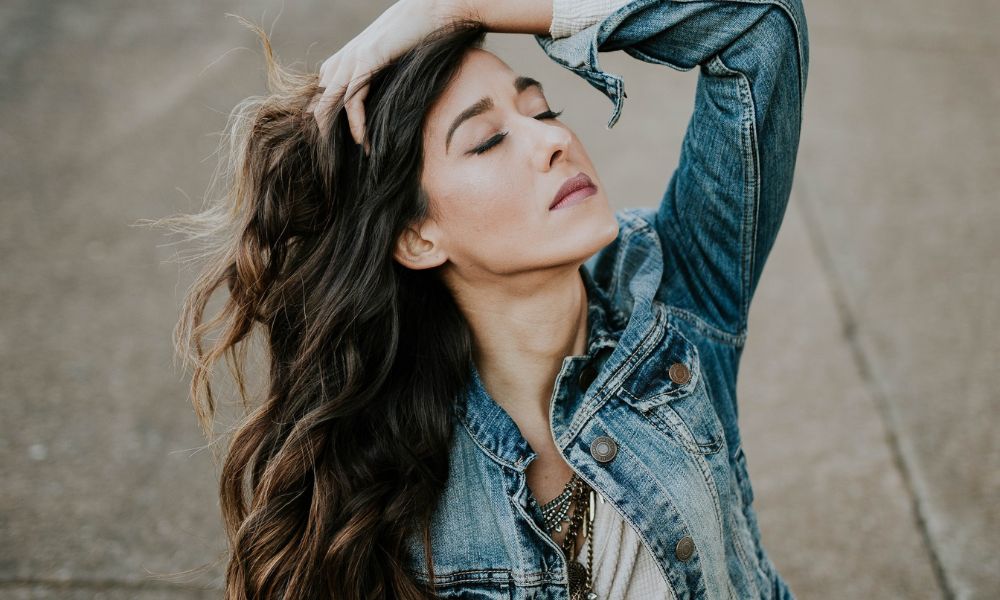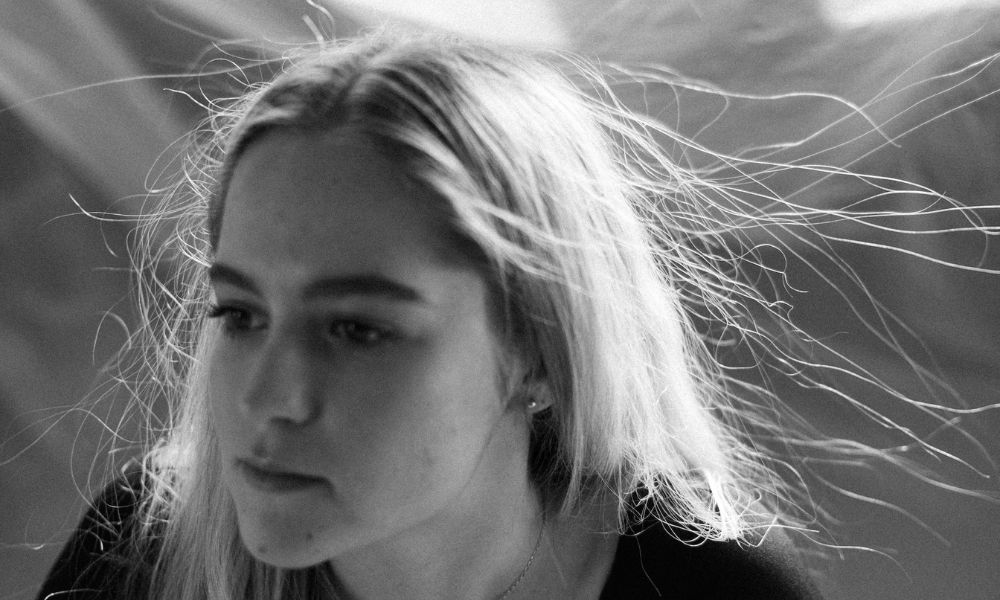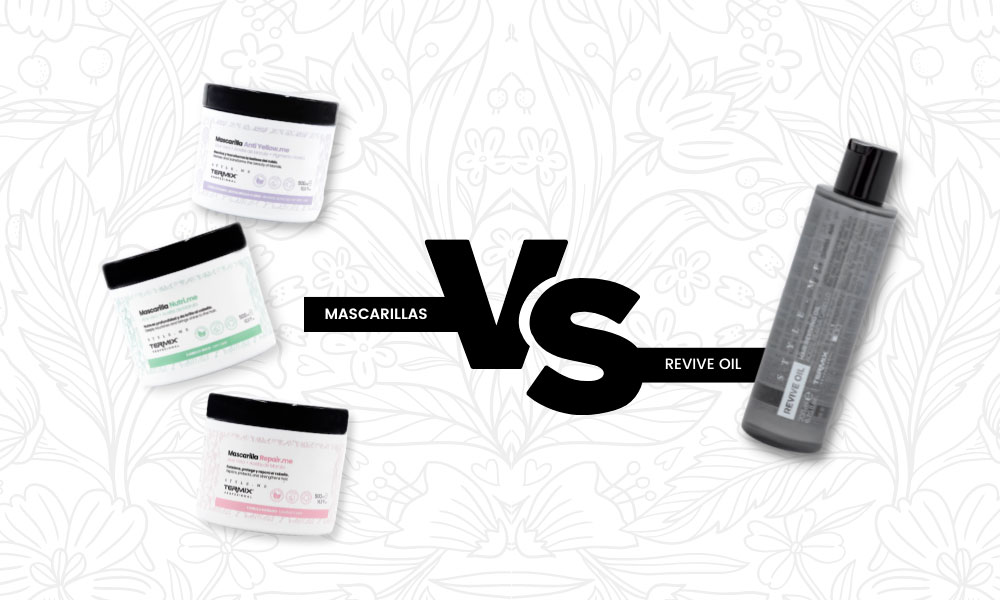Hair advices — 3 min read
Why and how to dye your beard
There’s this one hair, the grey-white right in the middle, which keeps on growing back. Or these red hair sparkles in your beard though you’re naturally more of a brownish hair… Genetics sometimes play with you and it’s not always easy to grow the perfect beard you’d love to. So, here is a simple guide to help you dealing with your facial hair, to dye your beard in the right, natural tone for you.

Why do you have unevenly coloured beard?
The first reason you’d want to dye your beard might be to display an even colour all over your face, without uncontrolled shades. You might sometimes wonder why your beard gathers so many red hair when only brown or blond hair cover your scalp? Well, it’s all a matter of pigmentation. Your hair follicles are made of a mixed eumelanin (which generates black or brown pigmentation) and pheomelanin (blond or red pigmentation). Everybody carries a bit of pheomelanin, but it often disappears under the black and brown pigments. And, sometimes, blond and red pigments fight back to appear right where you wouldn’t want to see them: randomly, in the middle of your face.
You might then as well want to dye it to mask your first grey or white hair, mostly if they tend to grow among a clear beard, which would emphasize paleness in your features.
You can eventually have a new appetite for the crazy trendy coloured beard as well, with a flashy blast of colour (pink, blue or green for instance), or create a strong contrast between your hair and your beard, mostly if you already wear a dyed hair. In both case, you’d be creating a very personal, bold style.
How to dye your beard
As dyeing your beard is no longer a strange idea, you might now find a whole range of products specially made for this hair and the sensitive skin underneath. Your scalp is more resistant than your chin, and your skin would not endure as easily an aggressive colouration. So you might want to choose a specific beard tint product.
If you have a doubt on the colour or the intensity of the product you’re about to use, simply go for the traditional colouration test: using a very small amount on a tiny zone of your facial hair (under the chin, for example), and check your skin reaction as well as your hair’s.
Professionals would also recommend to use a special painting rather than any chemical product you might find in any shop. If you have a doubt, don’t hesitate in asking a professional, as a lot of barbers and hair salons offer this kind of service now.
Which colour to choose?
The best choice is always the most natural one, so that you will display it more easily. First of all, you’ve probably noticed that beard hair are different from the rest on your head. It’s generally rougher and dryer, so the tint won’t penetrate as simply as it would for your hair. You should hence select a colour that’s already close to yours.
The obvious choice, is to go for a slightly darker tone than yours. Do not pick a very dark black colour though if you have white or blond facial hair, as it would be a huge mark between your hair and beard.

Dark browns and blacks are quite recommended if you have a round-shaped face, as it will create a shadow line and make your face slightly thinner. If you wear your beard long, it will lengthen your features.
If you have pale skin, better go for red or brownish tones, which will not accentuate the white shades of your features but give you a natural, sane colour.

You can dye your beard blond – with the help of a professional – if you already have light hair tones, for a natural style. You can use a blond tint to have a more even beard if you’re tired of seeing dark hair appearing among them, for instance. Perfectly fitted if you have clear blue or green eyes, or a light, natural suntan.





Leave A Comment